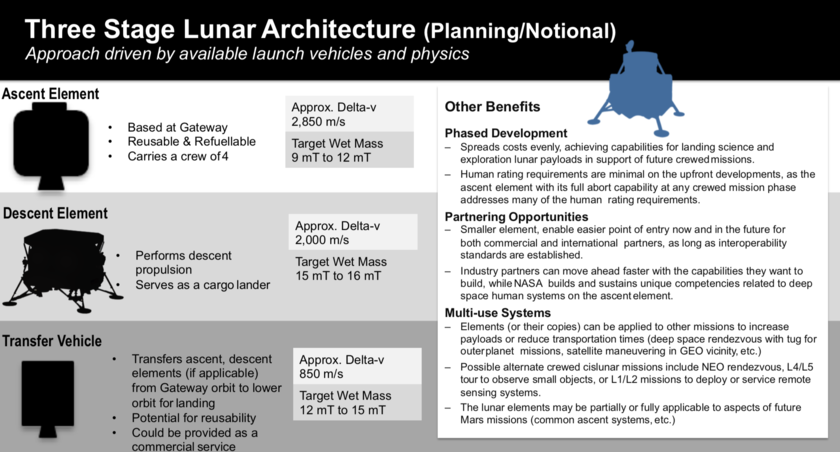
Regardless of one’s personal opinions of the current executive branch leadership, they demonstrate a real and ongoing interest in space issues. In the past, presidents have dropped into a NASA center, made soaring speeches about space, and then moved on. Vice President Pence, on the contrary, has shown ongoing interest in the space program. His March speech demonstrates that he is closely following NASA’s progress and is willing to express his (and the president’s) displeasure. This sort of public pressure is unprecedented in recent history and has the potential to push the workforce of NASA and its contractors to perform better.
In addition, a Republican president has the ability to marshal his party in Congress to support domestic spending measures in a manner impossible for a Democratic president, by the very nature of their partisan alignment (or unalignment). If spending-averse members of Congress do not resist increased funding for NASA due to their alignment with their party’s president, NASA is more likely to gain the additional resources necessary to enable this effort.
The Commercial Sector
“If commercial rockets are the only way to get American astronauts to the Moon in the next five years, then commercial rockets it will be,” said the vice president. Commercial rockets are indeed in the cards, and a new generation of launch vehicles are just around the corner.
Competition between companies for fixed-price or milestone-based contracts for lunar landers, crew vehicles, or other related components could help speed up development, particularly if NASA steps back and lessens its direct oversight. This doesn’t guarantee success by any means. Again, look at the struggles of Boeing and SpaceX for commercial crew. But it’s a new factor at play. Is there a new way of doing business at the Moon? Maybe! One of the lunar lander concepts currently being explored by NASA is a 3-stage spacecraft that is partially reusable and can fit onto commercial rockets. Again this doesn’t ensure success, but it presents new pathways to get there.

NASA
NASA’S 3-STAGE LUNAR LANDER CONCEPT
Example of a 3-stage lunar lander that is partially reusable and compatible with commercial launch vehicles.
